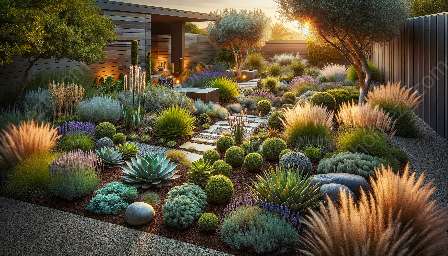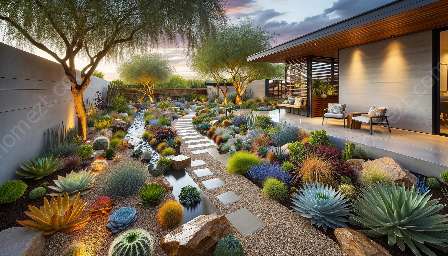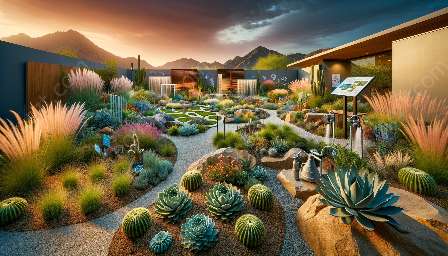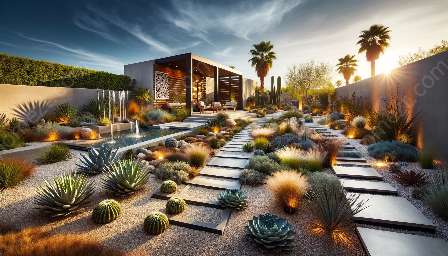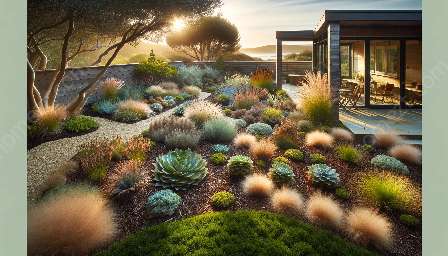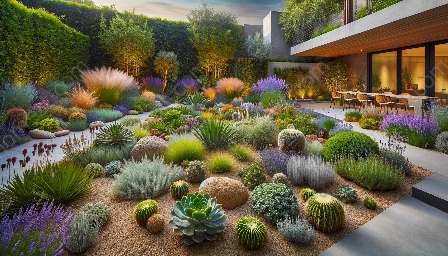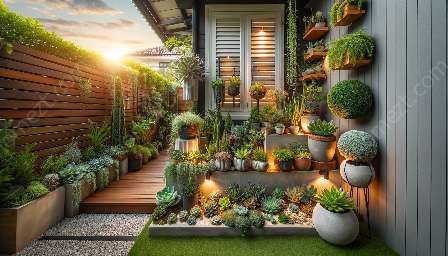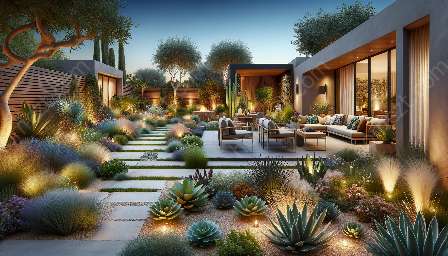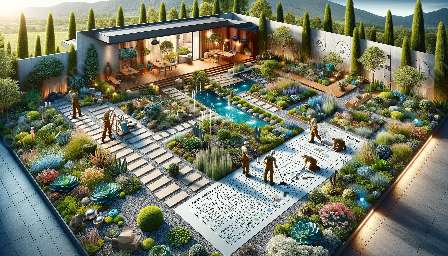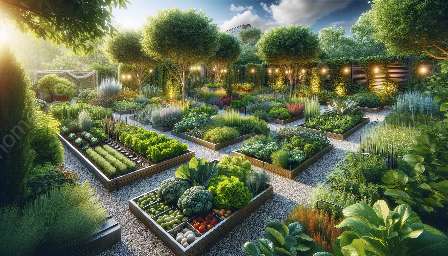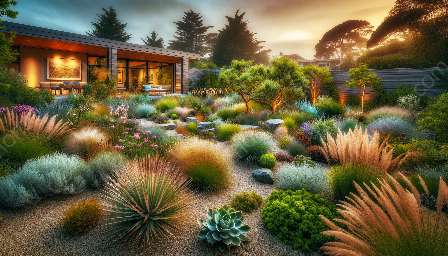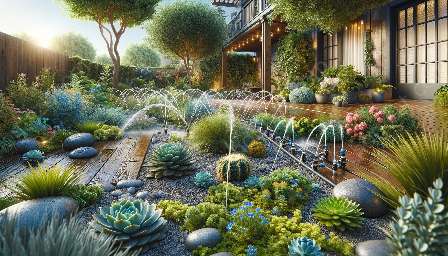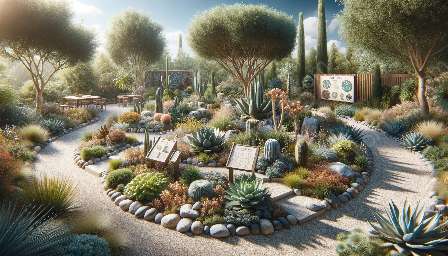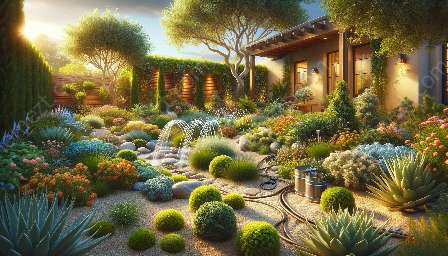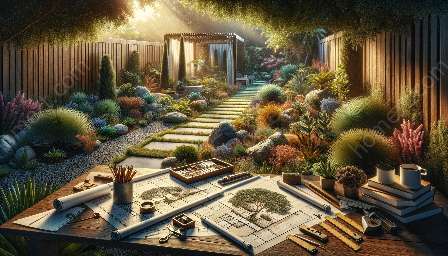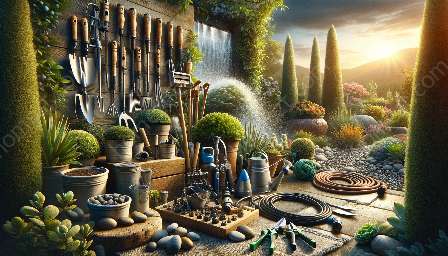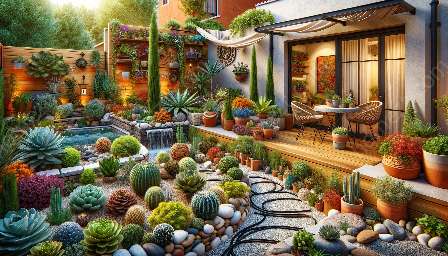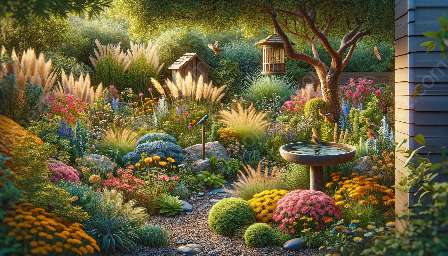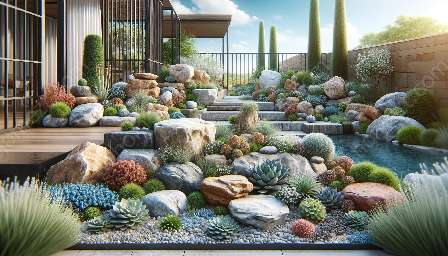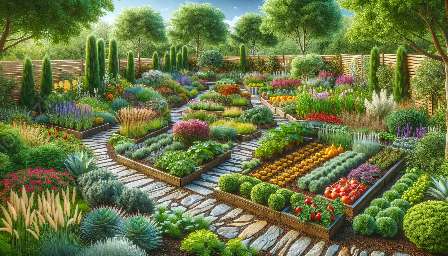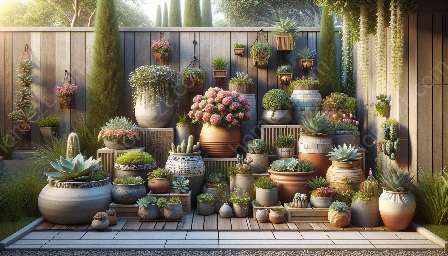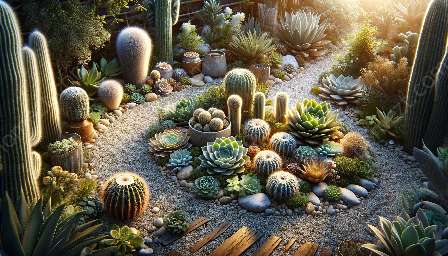Xeriscaping, a landscaping method designed to reduce or eliminate the need for irrigation, has gained popularity for its water-saving benefits and sustainability. However, to successfully create a thriving xeriscape, it's crucial to avoid certain common mistakes that can hinder the desired results. By understanding the potential pitfalls and how to sidestep them, you can ensure a successful xeriscape that enhances both the beauty and environmental responsibility of your property.
1. Neglecting Proper Planning and Design
Xeriscaping requires careful planning and design to ensure the right plant selection, water-efficient irrigation, and overall layout. Neglecting this crucial step can lead to a mismatch of plant requirements, improper drainage, and an inefficient use of resources. Lack of proper planning and design can result in a xeriscape that doesn't thrive and may require more maintenance and water than anticipated.
2. Failing to Prepare the Soil
Soil preparation is essential for any landscaping project, and xeriscaping is no exception. Failing to amend the soil appropriately for water retention, nutrient availability, and drainage can impede the successful establishment of drought-tolerant plants. Without proper soil preparation, xeriscape plants may struggle to establish deep roots and become more susceptible to drought stress.
3. Overlooking Efficient Irrigation Techniques
While xeriscaping aims to reduce irrigation needs, it doesn't mean completely eliminating it. Overlooking the use of efficient irrigation techniques such as drip irrigation or soaker hoses tailored to the specific water requirements of xeriscape plants can lead to over- or under-watering, undermining the water-saving potential of xeriscaping. Understanding the water needs of individual plants and incorporating appropriate irrigation systems is crucial for the success of a xeriscape.
4. Choosing Invasive or Non-Native Plants
Selecting invasive or non-native plants for a xeriscape can have detrimental effects on the local ecosystem and the overall health of the landscape. Invasive plants may outcompete native species and disrupt the balance of the ecosystem, while non-native plants may struggle to thrive in the local climate and require excessive maintenance. It's essential to choose native or well-adapted drought-tolerant plants that support the local ecology and require minimal intervention.
5. Ignoring Maintenance and Adaptation
Xeriscaping, like any landscaping approach, requires ongoing maintenance and adaptation to ensure the continued health and beauty of the landscape. Ignoring maintenance tasks such as proper pruning, weed control, and assessing plant health can lead to a neglected xeriscape that loses its water-efficient and sustainable qualities. Regular maintenance and adaptation to changing conditions are essential for the long-term success of a xeriscape.
6. Relying Solely on Rock and Hardscape
While rocks and hardscape elements can add aesthetic value to a xeriscape and help with water retention, relying solely on these features without a balanced selection of drought-tolerant plants can create an unbalanced and less ecologically beneficial landscape. A well-designed xeriscape should prioritize the use of appropriate plants to maximize biodiversity and ecological benefits. Balance is key to achieving the full potential of a xeriscape.
By avoiding these common xeriscaping mistakes and taking a thoughtful approach to planning, design, plant selection, and ongoing maintenance, you can create a thriving and beautiful xeriscape that conserves water, enhances your property, and supports the local ecosystem.

